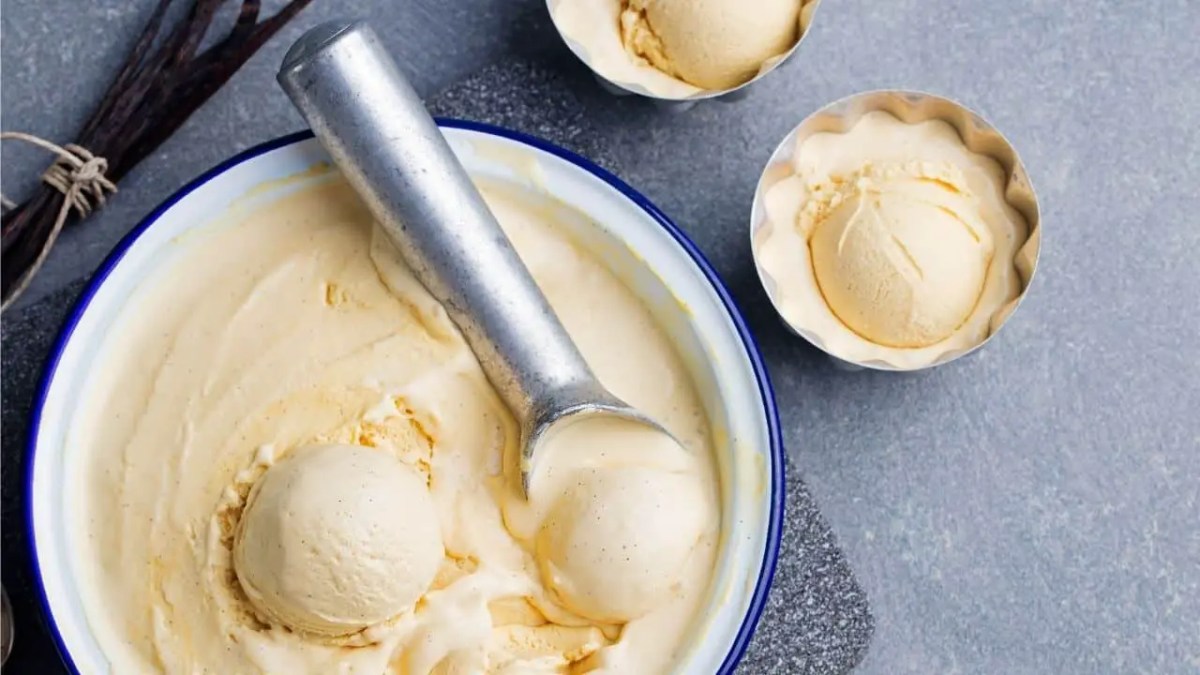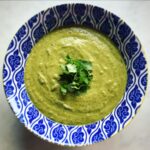Imagine creamy, dreamy ice cream, bursting with flavor, yet completely free of dairy. Sounds impossible? Think again! This guide unveils the surprisingly simple secrets to crafting delectable dairy-free ice cream at home, transforming everyday ingredients into a cool, refreshing treat. From the velvety smoothness of coconut milk to the subtle nuttiness of almond, we’ll explore a world of plant-based possibilities, proving that deliciousness doesn’t require dairy.
Dive into the fascinating world of dairy-free ice cream, exploring the diverse range of plant-based milks, the magic of natural thickeners, and the art of crafting unique flavor combinations. Discover the health benefits of choosing dairy-free, learn about the history of these innovative alternatives, and unlock the secrets to achieving that perfect, scoopable texture every time. Prepare to be amazed by the ease and versatility of creating your own customized frozen delights.
Dairy-Free Ice Cream: A Delicious Dive
Imagine a world where creamy, dreamy ice cream is accessible to everyone, regardless of dietary restrictions. That’s the delightful reality of dairy-free ice cream, a vibrant and ever-expanding category that caters to lactose intolerance, vegan lifestyles, and those simply seeking healthier, more diverse dessert options. Its appeal lies not only in its deliciousness but also in its increasing sophistication, mirroring the creamy texture and rich flavors of traditional dairy-based ice cream.
Dairy-free ice cream offers a multitude of health benefits and dietary considerations. For individuals with lactose intolerance, it eliminates the digestive discomfort associated with dairy consumption. Vegans and vegetarians find it a perfect complement to their plant-based diets, providing a satisfying and ethical alternative. Furthermore, many dairy-free options utilize ingredients rich in vitamins, minerals, and antioxidants, offering potential health advantages over their dairy counterparts. For example, coconut milk-based ice creams often contain beneficial medium-chain triglycerides (MCTs), while almond-based options can provide vitamin E. However, it’s crucial to check nutritional labels as sugar content can vary significantly across brands and flavors. Some dairy-free ice creams may also contain added thickeners or stabilizers, so mindful consumption is recommended.
A Brief History of Dairy-Free Alternatives
The evolution of dairy-free ice cream reflects a growing awareness of dietary needs and preferences. Early attempts often relied on simple substitutions like fruit purees or coconut milk, resulting in products that were often icy or lacked the desired creaminess. However, advancements in food technology and a wider availability of plant-based milks, such as soy, almond, oat, and cashew, have led to a surge in innovative and sophisticated dairy-free ice cream recipes. The rise of veganism and increased consumer demand for healthier options have further fueled this growth, prompting manufacturers to develop products that not only meet specific dietary requirements but also rival the taste and texture of traditional ice cream. This progress is evident in the increasing variety of flavors, textures, and levels of sophistication now available in the market. For instance, today’s coconut milk-based ice creams often utilize techniques to achieve a remarkably smooth and creamy texture, previously unattainable in early iterations.
Base Ingredients & Their Properties

Creating delicious dairy-free ice cream hinges on understanding the properties of the base ingredients. The choice of milk alternative, thickener, and sweetener significantly impacts the final product’s texture, sweetness, and overall flavor profile. Careful consideration of these components is key to achieving a creamy, delightful frozen treat.
Dairy-Free Milk Alternatives
Selecting the right dairy-free milk is paramount. Each option offers a unique flavor profile, fat content, and texture, influencing the final ice cream’s consistency and richness. The following table provides a comparison of popular choices:
| Milk Type | Fat Content (Approximate) | Sweetness | Texture |
|---|---|---|---|
| Almond Milk | 0.5-2% (varies greatly depending on brand and type) | Low to Moderate (often requires additional sweetener) | Watery unless fortified; can be slightly nutty |
| Soy Milk | 1-4% (varies greatly depending on brand and type) | Low to Moderate (often requires additional sweetener) | Creamier than almond milk, slightly beany flavor possible |
| Coconut Milk (full-fat) | 17-25% | Moderate (naturally sweeter than other options) | Very creamy and rich, strong coconut flavor |
| Oat Milk | 1-5% (varies greatly depending on brand and type) | Low to Moderate (often requires additional sweetener) | Creamy and smooth, slightly sweet |
The Role of Thickeners
Thickeners play a crucial role in achieving the desired creamy texture in dairy-free ice cream. Without them, the ice cream may be icy and grainy. Popular choices include agar-agar and xanthan gum. Agar-agar, derived from seaweed, forms a gel when heated and cooled, adding body and structure. Xanthan gum, a bacterial polysaccharide, acts as a stabilizer, preventing ice crystal formation and creating a smoother texture. The amount of thickener needed depends on the chosen milk alternative and other ingredients. Too little, and the ice cream will be icy; too much, and it will be gummy.
The Impact of Sweeteners
Sweeteners control the sweetness level and can subtly affect the texture. Agave nectar offers a mild sweetness and a slightly runny consistency. Maple syrup contributes a rich, caramel-like flavor and a thicker texture. Stevia, a natural zero-calorie sweetener, provides intense sweetness but can sometimes leave a slightly bitter aftertaste if not used carefully. The choice depends on personal preference and desired flavor profile. It’s crucial to balance sweetness with the inherent sweetness of the milk alternative to avoid an overly sweet or bland result.
Creating dairy-free ice cream is not only achievable but incredibly rewarding. By mastering the basics of plant-based milk selection, thickening techniques, and flavor combinations, you’ll unlock a world of creamy, customizable frozen treats. From vibrant fruit sorbets to rich chocolate delights, the possibilities are endless. So, ditch the dairy and embrace the adventure of crafting your own delicious, dairy-free ice cream masterpieces – it’s easier than you think!
Clarifying Questions
Can I use frozen fruit in my dairy-free ice cream?
Yes! Frozen fruit works exceptionally well, adding both sweetness and a naturally creamy texture. Just be sure to let it thaw slightly before blending.
How long will dairy-free ice cream last in the freezer?
Properly stored in an airtight container, dairy-free ice cream can last for up to 2-3 months in the freezer. However, for optimal quality, it’s best enjoyed within a month.
What if my dairy-free ice cream is too icy?
This often happens if the ice cream hasn’t been churned enough or if the mixture wasn’t cold enough before freezing. Try churning for a longer period next time, and ensure the mixture is thoroughly chilled.
Can I make dairy-free ice cream without an ice cream maker?
Yes, you can! While an ice cream maker produces a smoother texture, you can achieve a delicious result by using a freezer-friendly container and stirring the mixture every hour during the freezing process.


